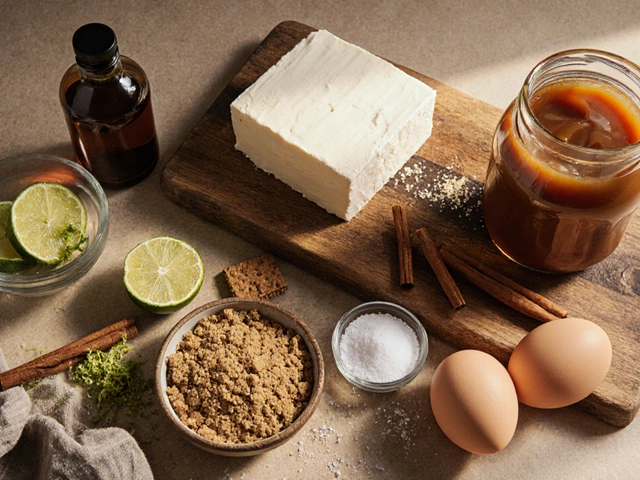Italian Food in Brazil: What Makes It So Delicious?
If you’ve ever wondered why a plate of spaghetti in São Paulo tastes different from one in Rome, you’re not alone. Italy and Brazil have been swapping flavors for over a century, and the result is a vibrant mix of traditions that’s easy to recreate in your kitchen.
First, think about the ingredients. Brazilians love fresh herbs, tropical fruits, and a good dose of pepper. When Italians arrived, they brought olive oil, tomatoes, and cheese. The two cuisines met in markets, street stalls, and family tables, creating dishes like risoto de camarão (shrimp risotto with coconut milk) or pizza de calabresa (pizza topped with Brazilian sausage).
Key Flavors to Embrace
To give your Italian recipes a Brazilian twist, focus on three flavor groups: citrus, heat, and tropical sweetness. Lime zest brightens sauces, a pinch of pimenta (Brazilian chili) adds a gentle kick, and a drizzle of goiabada (guava paste) can replace sugary glazes on desserts.
Try swapping regular mozzarella for queijo Minas in a lasagna, or add a handful of chopped cocada (coconut candy) to a tiramisu for an unexpected crunch. These swaps keep the dish familiar but give it that unmistakable Brazilian vibe.
Simple Recipes to Get Started
Here are two easy dishes you can whip up tonight:
1. Brazilian‑Style Spaghetti Bolognese – Sauté onion, garlic, and diced chorizo (linguiça) in olive oil. Add ground beef, canned tomatoes, a splash of orange juice, and a dash of smoked paprika. Simmer until thick, then toss with cooked spaghetti and finish with fresh cilantro.
2. Tropical Tiramisu – Layer ladyfingers soaked in a mix of espresso and a splash of passion‑fruit juice. Whisk mascarpone with condensed milk and a bit of lime zest. Top with toasted coconut flakes and a drizzle of guava sauce.
Both recipes stay true to Italian technique while letting Brazil’s bold flavors shine.
When you serve these dishes, think about plating. Brazilians love colorful presentations, so add sliced avocado, bright red bell pepper, or a few fresh basil leaves. It not only looks great but also balances the richness of the sauces.
Finally, remember that cooking is about experimentation. Don’t be afraid to mix a hint of feijoada seasoning into a meat sauce or sprinkle a little cinnamon on a panna cotta. The beauty of Italian‑Brazilian cuisine is that it welcomes your personal touch.
So next time you’re in the mood for pasta, pizza, or a creamy dessert, bring a splash of Brazil into the mix. Your taste buds will thank you, and you’ll get a tasty glimpse into a culinary partnership that’s been thriving for generations.






